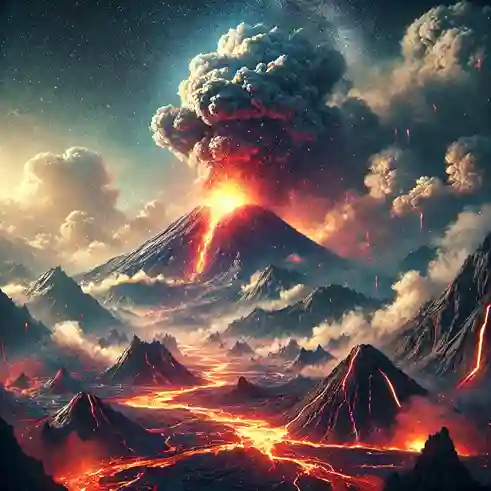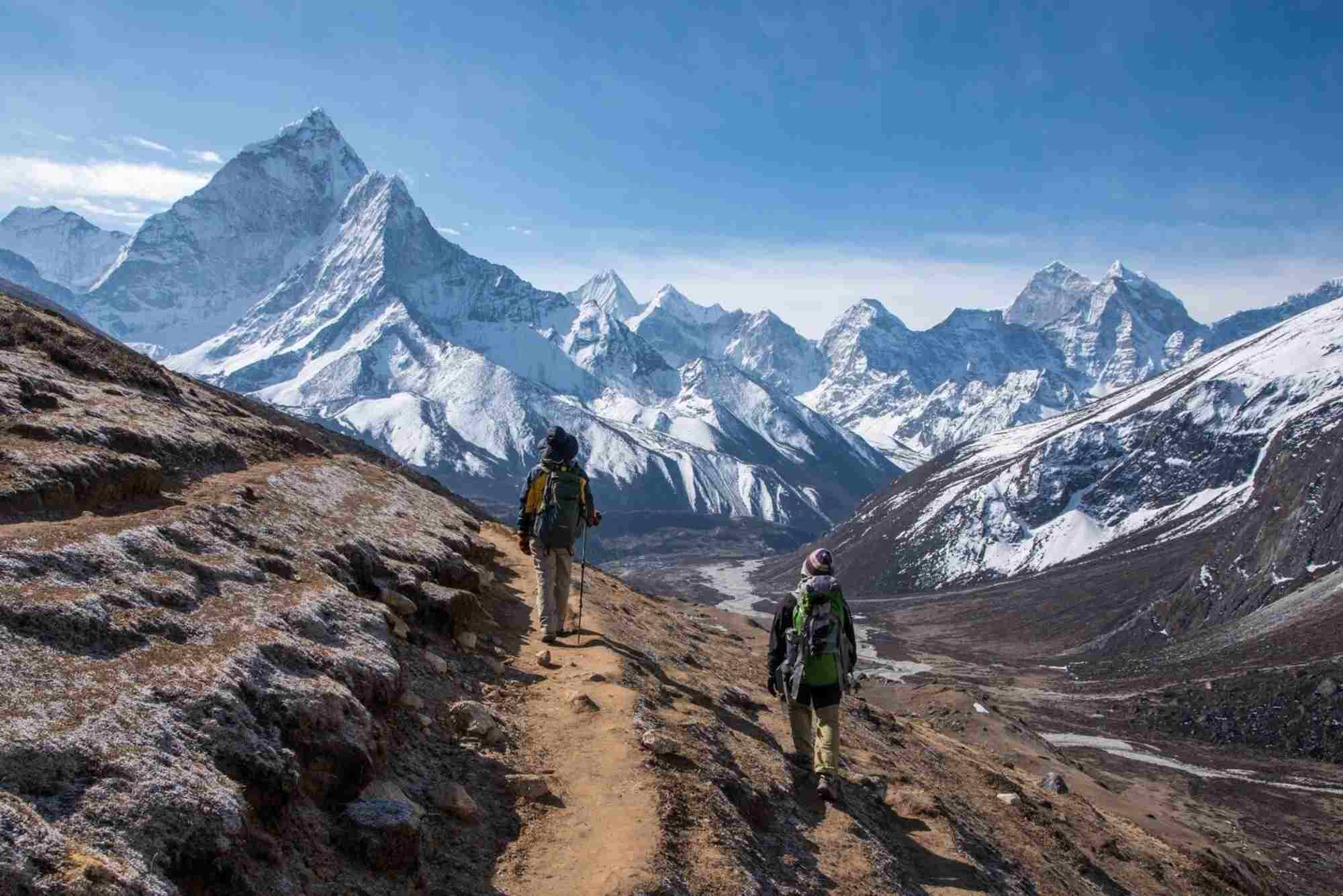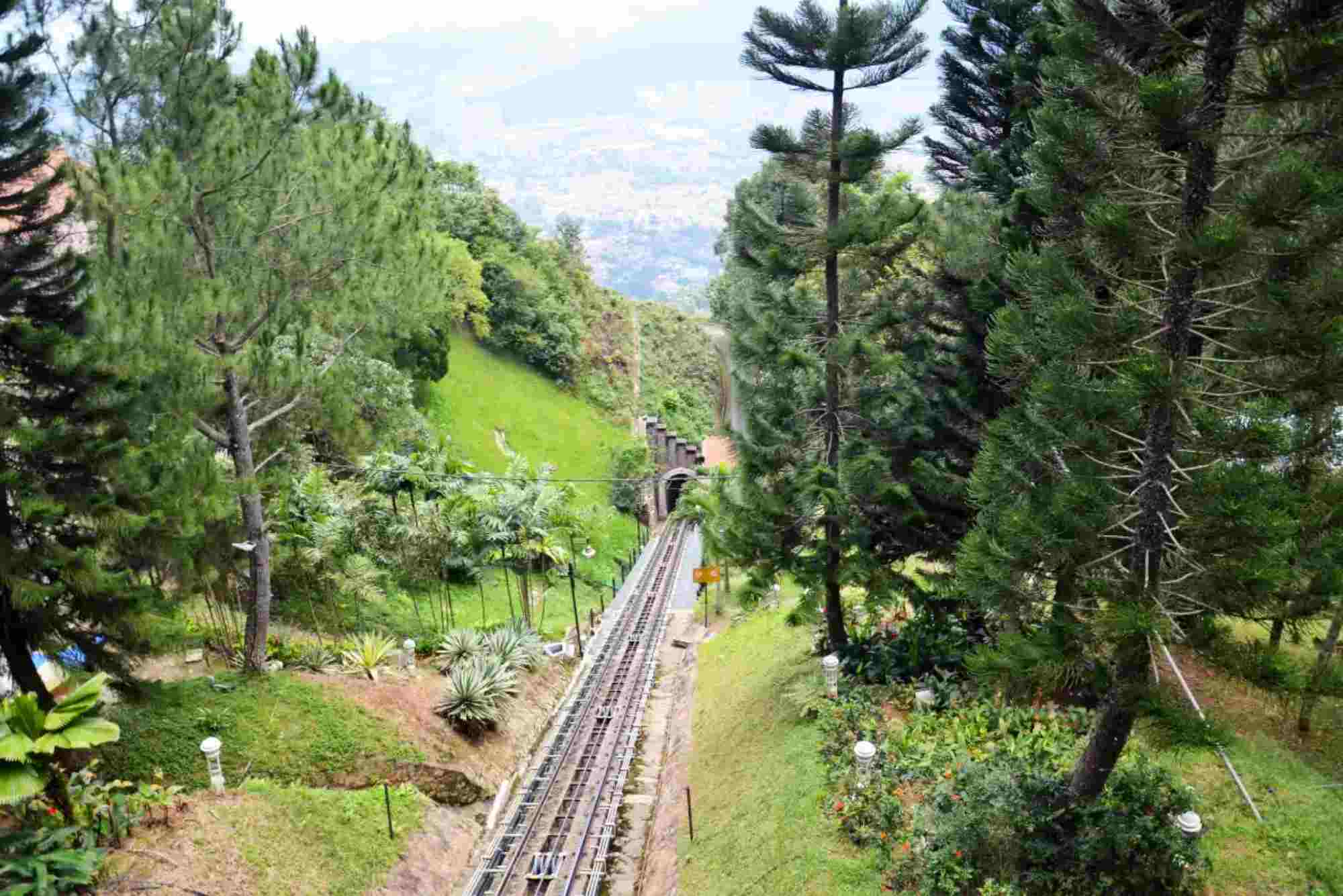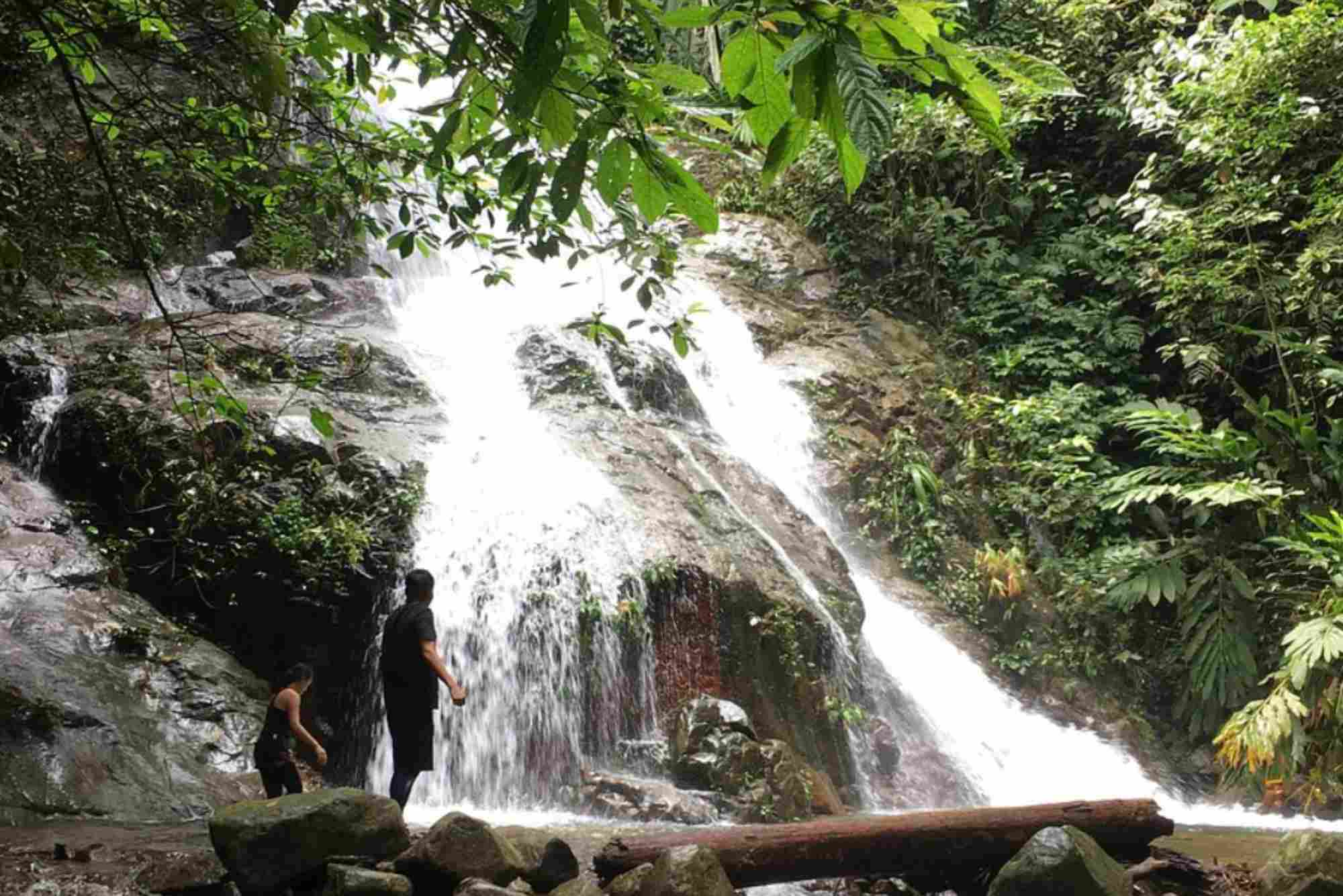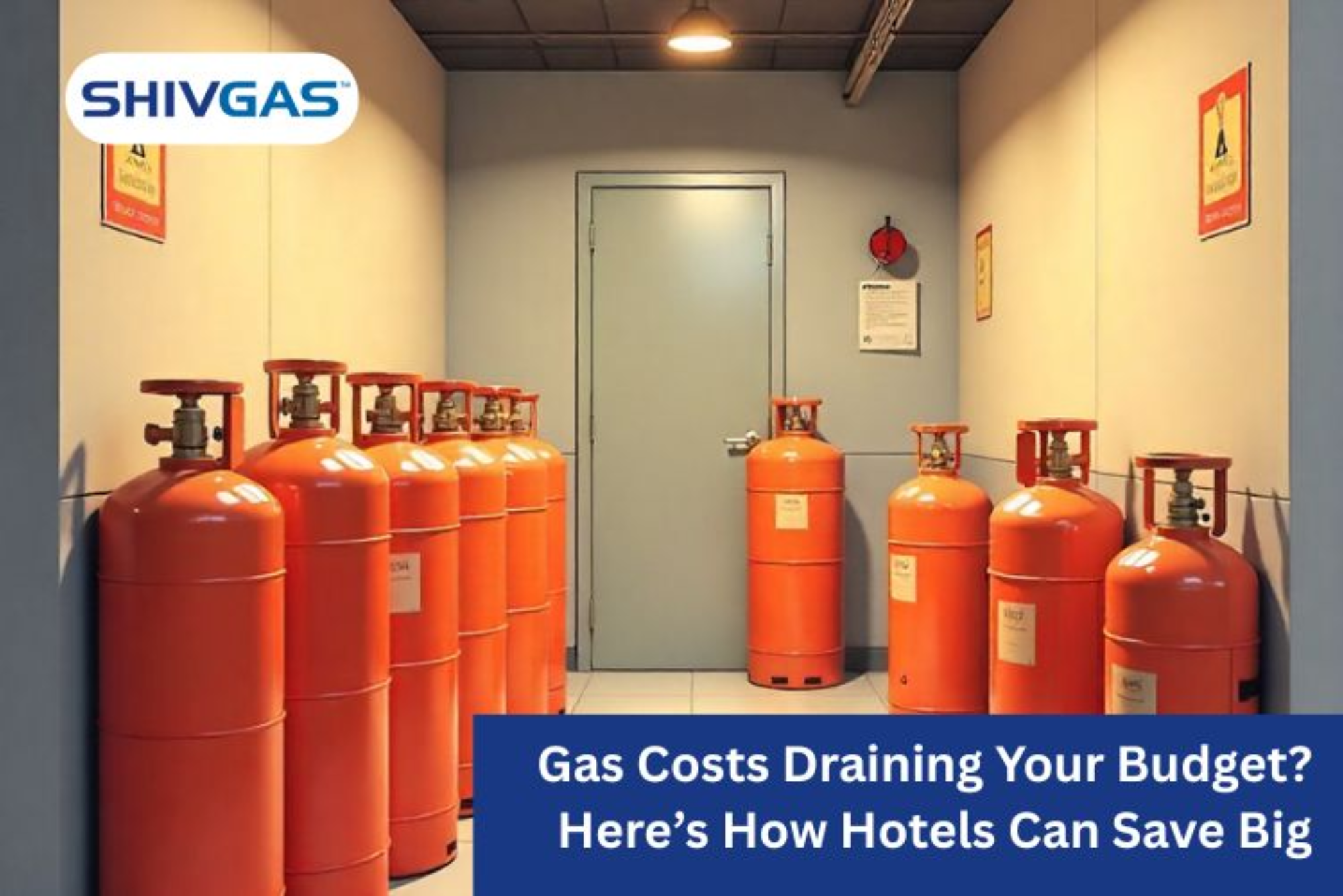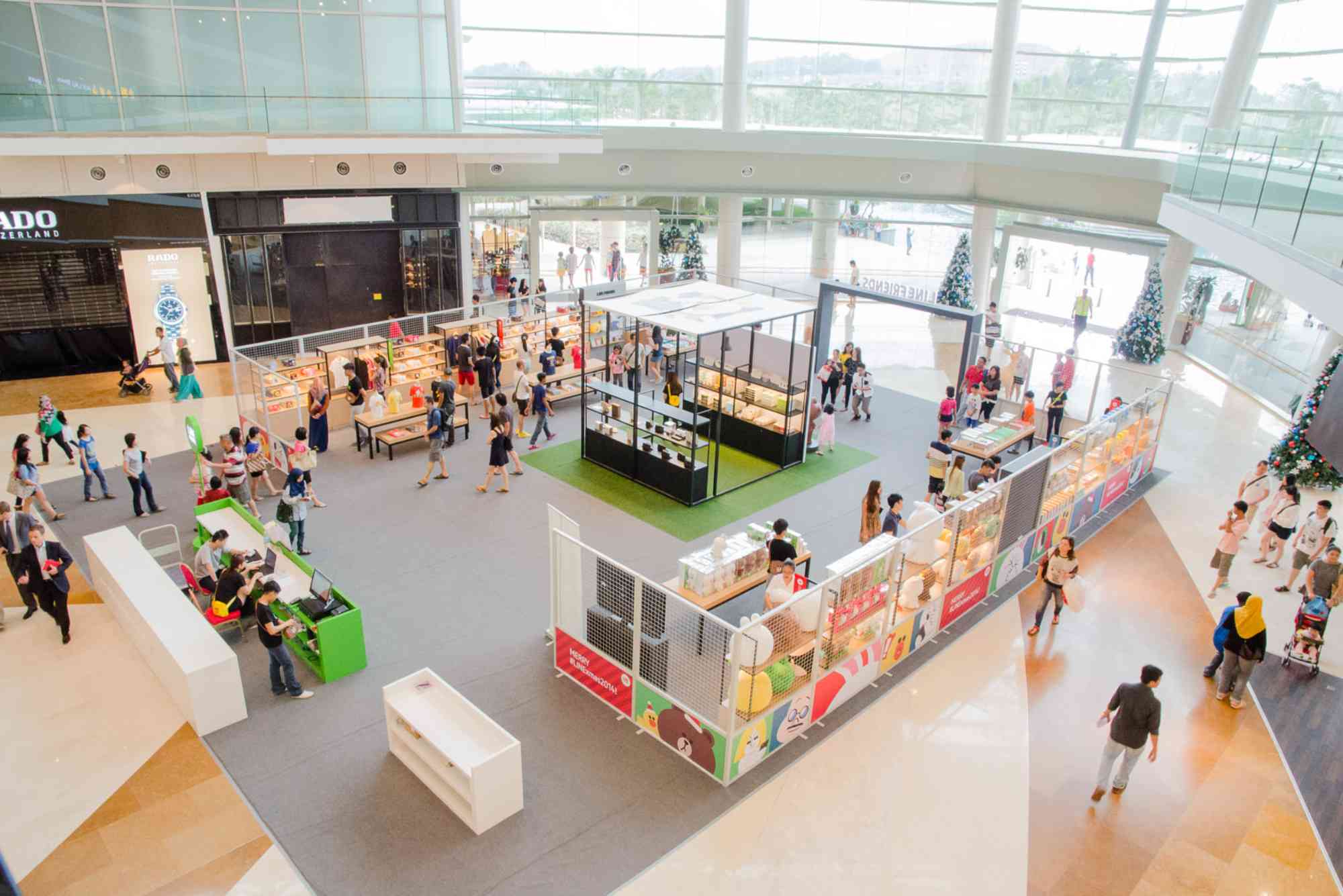What Is a Volcano Eruption?
Understanding the Basics of Volcanoes
Volcano eruption today: Volcanoes are geological formations where magma, gases, and ash escape from beneath the Earth’s surface. They play a critical role in shaping the planet. The process begins deep within the Earth’s mantle, where intense heat melts rocks into magma. This magma, being less dense than the surrounding rock, rises toward the surface.
Volcanoes are classified into different types, including shield, composite, and cinder cone, each with unique eruption styles and structures. The formation of volcanoes is closely linked to the movements of tectonic plates, which create the conditions for magma to reach the surface.
Eruptions vary in intensity and duration, ranging from minor lava flows to catastrophic explosions. The materials released during eruptions, such as lava, ash, and gases, contribute to creating new landforms and altering existing landscapes.
The study of volcanoes, known as volcanology, helps scientists understand their behavior and mitigate the risks they pose to humans and the environment.
What Triggers a Volcano Eruption?
Volcanic eruptions occur due to the buildup of pressure within the Earth’s crust. Key triggers include tectonic activity, magma chamber pressure, and gas accumulation. Tectonic plate boundaries, such as convergent and divergent zones, are hotspots for volcanic activity. For example, the Ring of Fire encircles the Pacific Ocean and is home to numerous active volcanoes.
When magma accumulates in a chamber beneath a volcano, it generates immense pressure. If the surrounding rock cannot contain this pressure, it fractures, creating pathways for the magma to escape. Gas dissolved in the magma also plays a critical role. As the magma rises, pressure decreases, causing gases to expand and drive the eruption.
External factors, such as groundwater interaction or landslides, can also contribute to eruptions. Understanding these triggers is essential for predicting eruptions and implementing safety measures.
Causes of Today’s Eruption
Tectonic Plate Movements
Today’s eruption may be linked to tectonic plate collisions or divergence, creating cracks for magma to escape. Plate boundaries, where plates converge or diverge, are prime locations for volcanic activity. These movements cause intense friction, heat, and pressure, which melt rocks into magma.
At convergent boundaries, one plate is forced under another, a process known as subduction. This leads to the formation of magma that rises to the surface, resulting in explosive eruptions. Divergent boundaries, where plates move apart, allow magma to flow steadily, forming new crust.
The interplay of these movements has been observed in many regions, such as the Andes Mountains and the Mid-Atlantic Ridge. Monitoring these areas provides insights into eruption patterns.
Rising Magma Pressure
The sudden rise of magma caused immense pressure, breaking through the Earth’s crust. Magma reservoirs, located beneath volcanoes, act like pressure cookers. Over time, the accumulation of magma increases pressure to a point where it can no longer be contained.
Gas bubbles within the magma expand as pressure decreases during its ascent. This expansion adds to the force driving the eruption. Factors like the viscosity of the magma and the composition of gases determine the eruption’s intensity and style.
Recent studies show that monitoring seismic activity around magma chambers is crucial for identifying potential eruptions. Advanced techniques, like satellite imagery, also provide real-time data on ground deformation, indicating magma movement.
Impact of Today’s Eruption
Environmental Consequences
The eruption released ash and gases, impacting air quality and local ecosystems. Ashfall blankets large areas, affecting plant life by reducing photosynthesis and damaging crops. Volcanic gases, such as sulfur dioxide, react with water vapor to form acid rain, harming aquatic and terrestrial ecosystems.
Additionally, volcanic eruptions contribute to global cooling. The aerosols released into the atmosphere reflect sunlight, temporarily lowering Earth’s temperature. However, long-term eruptions can also release greenhouse gases, contributing to global warming.
Scientists emphasize the importance of studying these impacts to balance the environmental and climatic effects of volcanic eruptions. Restoration efforts, such as reforestation and water treatment, help mitigate these consequences.
Effect on Nearby Communities
Residents near the eruption site face potential dangers, including lava flows, ashfall, and air pollution. Lava flows destroy everything in their path, from infrastructure to natural habitats. Ashfall contaminates water supplies and causes respiratory issues in humans and animals.
Emergency evacuation plans play a vital role in saving lives during such events. Governments and organizations provide shelters, medical aid, and food supplies to affected communities. Long-term recovery includes rebuilding homes, infrastructure, and livelihoods.
Disaster preparedness programs focus on educating communities about volcanic risks and safety measures, ensuring they are better equipped to handle future eruptions.
Global Implications
Volcanic eruptions can impact global weather, air travel, and climate by releasing aerosols into the atmosphere. The 2010 eruption of Eyjafjallajökull in Iceland disrupted air travel across Europe for weeks due to ash clouds.
Eruptions also influence global weather patterns. For instance, the eruption of Mount Pinatubo in 1991 caused a significant drop in global temperatures. These effects underscore the interconnectedness of natural events and human activities.
Governments and international agencies collaborate to monitor volcanic activity and develop strategies to minimize disruptions to global systems.
Safety Measures During a Volcano Eruption
Precautionary Steps for Residents
- Follow evacuation orders issued by authorities promptly to ensure safety.
- Wear masks to protect from ash inhalation and use goggles to shield eyes from debris.
- Stay indoors to avoid exposure to volcanic gases and ashfall, especially during heavy eruptions.
- Keep emergency supplies, such as food, water, and medical kits, readily available for unforeseen circumstances.
Emergency Preparedness Tips
- Keep emergency kits ready with essentials like non-perishable food, water, and first-aid supplies.
- Ensure access to communication devices like radios and mobile phones for updates and alerts.
- Stay informed through trusted news sources and follow instructions from local authorities.
- Participate in community drills and training sessions to familiarize yourself with evacuation routes and procedures.
The Science Behind Volcano Monitoring
Tools and Technology Used
Scientists monitor volcanoes using seismographs, satellite imaging, and gas emission trackers. Seismographs detect tremors indicating magma movement, while satellites provide high-resolution images of volcanic activity.
Gas emission trackers measure the levels of sulfur dioxide and carbon dioxide, which increase before eruptions. These tools enable scientists to predict eruptions with greater accuracy.
International networks of observatories share data, enhancing global efforts to monitor volcanic activity. The integration of artificial intelligence in volcanology has further improved predictive capabilities.
Predicting Future Eruptions
Advances in technology have improved the ability to forecast potential eruptions, helping reduce risks. Early warning systems analyze seismic and gas data, providing crucial time for evacuations.
Research focuses on understanding magma behavior and its interaction with surrounding rocks. This knowledge enhances predictive models, reducing false alarms and improving response strategies.
Recent Historical Eruptions
Major Eruptions in the Last Decade
- 2010: Eyjafjallajökull, Iceland – Caused significant air travel disruptions.
- 2018: Kīlauea, Hawaii – Resulted in extensive lava flows and property damage.
- 2021: La Palma, Canary Islands – Led to widespread evacuations and economic losses.
Lessons Learned from Past Eruptions
Each eruption has contributed valuable insights for better disaster management and response. For example, the Mount St. Helens eruption of 1980 highlighted the importance of monitoring volcanic gas emissions and ground deformation.
Governments and scientists continue to refine their approaches, focusing on community preparedness, resource allocation, and international cooperation.
Frequently Asked Questions (FAQs)
What Are the Main Types of Volcanoes?
Volcanoes are categorized as shield, composite, cinder cone, and lava dome based on their structure and eruption style. Shield volcanoes, like Mauna Loa, produce gentle lava flows, while composite volcanoes, like Mount Fuji, exhibit explosive eruptions.
Cinder cone volcanoes are smaller and formed by eruptions of pyroclastic material. Lava domes, such as Mount St. Helens, are created by slow lava extrusion. Each type presents unique challenges and opportunities for study.
How Long Do Volcano Eruptions Last?
Eruptions can last from a few hours to several years, depending on the volcano’s activity. Short-lived eruptions, like those of cinder cones, are less impactful, while prolonged events, such as Kīlauea’s 2018 eruption, can reshape landscapes and ecosystems.
Scientists analyze eruption histories to estimate durations and potential impacts, aiding in disaster management and recovery planning.
Can Eruptions Be Prevented?
While eruptions cannot be prevented, advanced monitoring can mitigate their impact by providing early warnings. Efforts focus on understanding magma dynamics, gas emissions, and ground movements to predict eruptions.
Governments and organizations invest in research and infrastructure to protect communities and reduce the risks associated with volcanic activity.
Tables
| Type of Eruption | Characteristics | Examples |
|---|---|---|
| Explosive | High gas content, violent eruptions | Mount St. Helens |
| Effusive | Low gas content, steady lava flow | Mauna Loa |
| Safety Gear | Purpose |
| Respiratory Mask | Protects from ash inhalation |
| Goggles | Shields eyes from debris |

